The restoration of 1,000 acres of hay fields back to tidal wetlands began when an excavator scooped through a levee and water from San Pablo Bay poured into Sears Point Ranch. The basin, which took three years to prepare, filled in less than 24 hours. Now, for the next 30 years, it will evolve into a tidal marsh, much as it was 140 years ago before being diked off for farming.
The Sonoma Land Trust bought the 2,237-acre property, once the proposed site of a casino, for $17 million in 2005. Since then, it has invested $18 million in the wetland project it calls ‘Sea Change.’
“We are literally changing the map of the bay with this project,” said SLT Baylands Program Manager.
This new tidal marsh will provide habitat for endangered and native species, filter pollutants, and buffer the nearby highway from the rising seas and storm surges expected as a result of climate change.
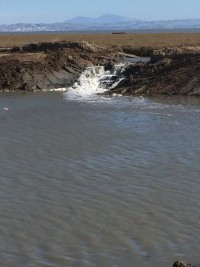 “Tidal wetlands are natural infrastructure that help protect our shoreline,” says Janelle Beland, California Undersecretary for Natural Resources, one of many officials attending the October 25 levee breeching ceremony. “This project is a great example of how we can work in partnership with nature as we adapt to rising sea levels.”
“Tidal wetlands are natural infrastructure that help protect our shoreline,” says Janelle Beland, California Undersecretary for Natural Resources, one of many officials attending the October 25 levee breeching ceremony. “This project is a great example of how we can work in partnership with nature as we adapt to rising sea levels.”
A new 2.5-mile-long section of the San Francisco Bay Trail on top of the new levee will open, along with a kayak ramp, by early 2016.
Some portions of the site will be colonized quickly by marsh flora, such as cordgrass and pickleweed. But most of the site won’t become fully vegetated for two to three decades – the time it takes for bay tides to redistribute sediment around the marsh floor.
In the meantime, the open water will provide immediate habitat for resident and migrating waterfowl. Bat rays, leopard sharks and other fish will also quickly make use of the open water.
“This transformation from hay fields back to historic tidal marsh will be an incredible benefit for the birds, fish and people of the Bay Area,” said Renee Spenst, regional biologist for Ducks Unlimited, a project partner. The large and complicated effort, he said, used the best available science to overcome technically challenging design and construction conditions.
“We have turned a new page in the history of wetlands at San Pablo Bay,” said Dave Koehler, Sonoma Land Trust executive director. “Returning the tides to Sears Point restores health to a natural resource that is vital to our future.”
When the project is completed by the end of this year, it will be transferred to the U.S. Fish and Wildlife Service and become part of the San Pablo Bay National Wildlife Refuge.
“We all depend on a functioning bay,” said Meisler. “It is vital to our safety, our economy, and for all the wildlife who call it home. This is our legacy and it’s wonderful to have one of which we, as a community, can be proud.”

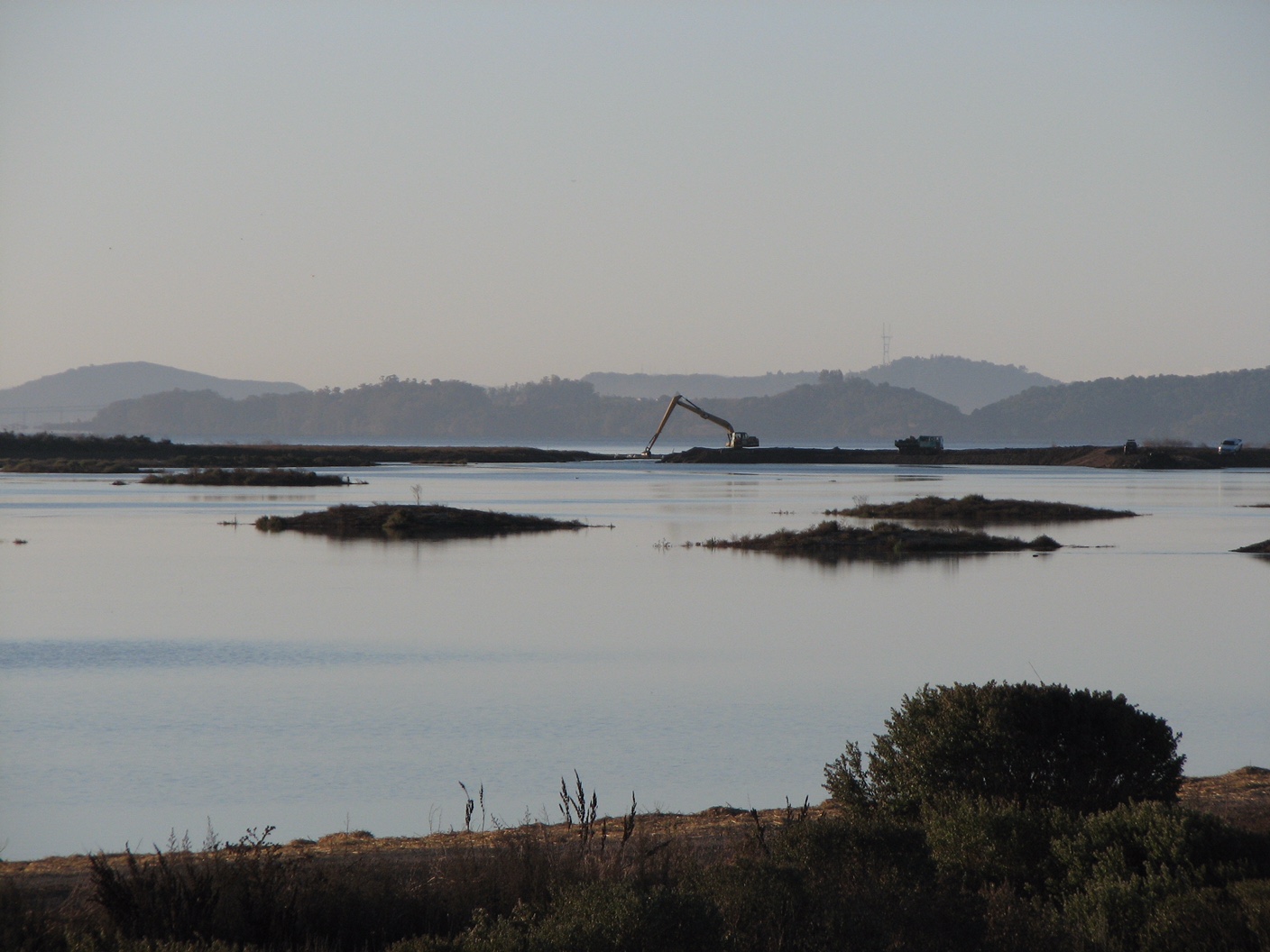
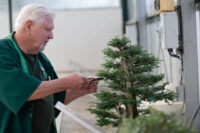
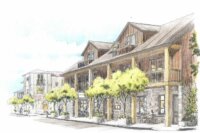
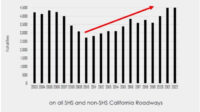
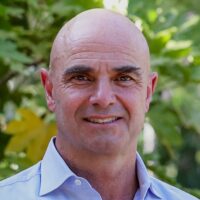
Ducks Unlimited got into “conservation” only because the drought of the 1930’s Dust Bowl area was wiping out habitat & therefor the birds they loved to kill – by the thousands. While they have done good work preserving waterfowl habitat, let no one mistake their motives: They want to kill ducks for pleasure. The DU website contains a typical NRA-like endorsement of guns and killing wildlife. One can only hope that one day they will decide to conserve Wall Street bankers.